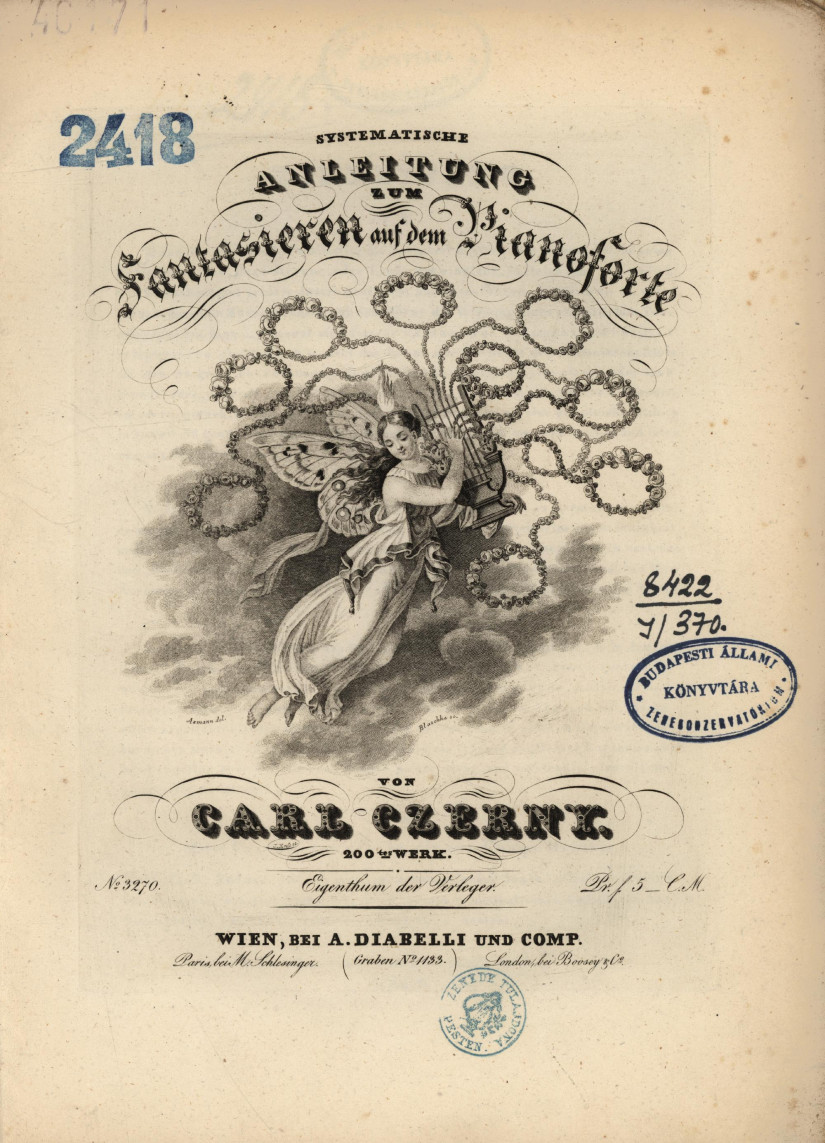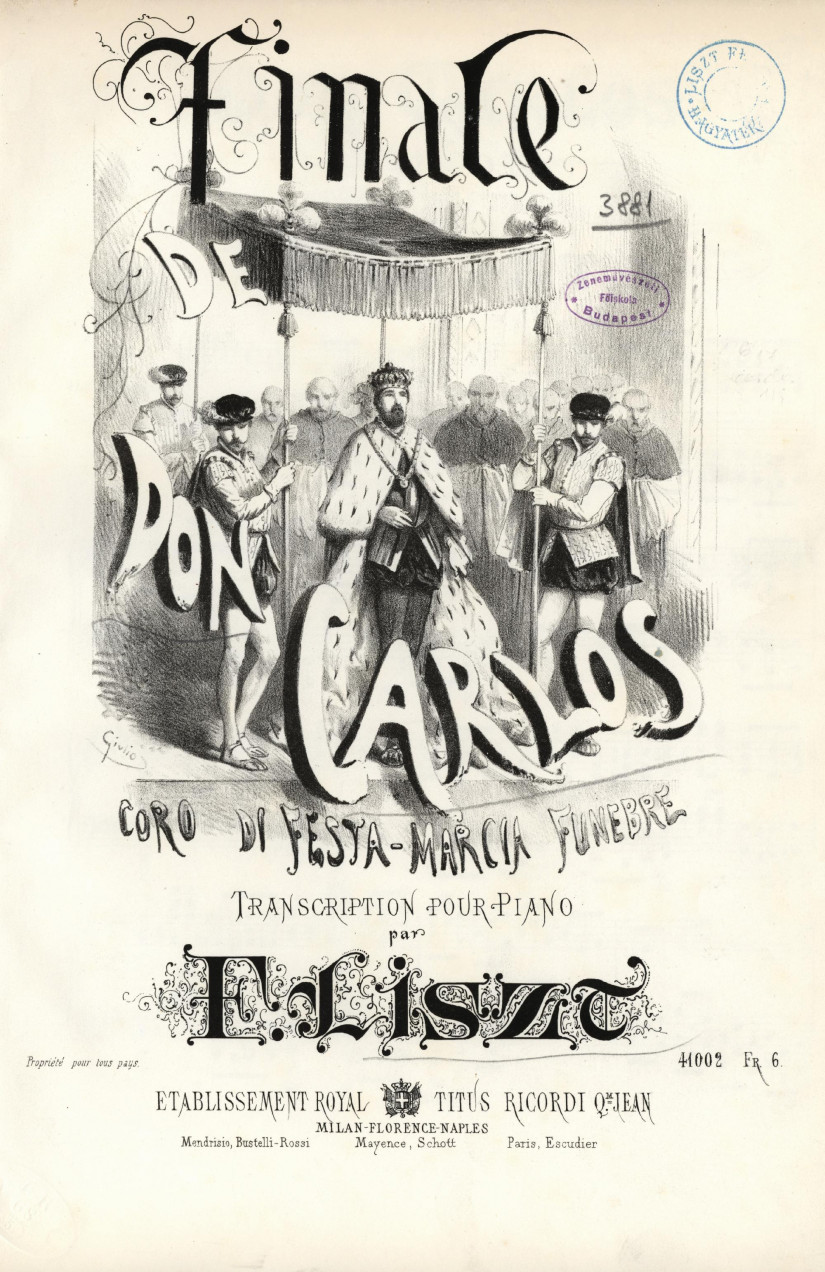Franz Liszt and free improvisation
During his stay in Vienna in 1822-23, the child Liszt established his career as a pianist with professional piano teacher Carl Czerny. In addition to consolidating his technique and shaping his taste, developing the potential for free improvisation was an important factor in Czerny's piano lessons, in line with the requirements of the time.
The reviews published in Vienna in the 1820s testify to the fact that there was no consensus in the musical consciousness of what exactly belonged to the realm of free improvisation. Within the various ways and possibilities of improvisation, contemporaries made distinctions based on the internal structure. So it is no coincidence that members of the Vienna virtuoso school, namely Johann Nepomuk Hummel, Ignaz Moscheles, Ferdinand Ries and Henri Herz borrowed the structural elements of variation and rondo.
In his lessons, Czerny taught Bach’s preludes (i.e. fantasies) and fugues of the Wohltemperiertes Klavier series, as well as fantasies of classical masters, so Liszt was primarily acquainted with the genre of fantasy from the classical heritage. At the same time, we know from Czerny’s biographical writings that he frequently gave themes to his student for improvisation: 'He had me play all the valuable pieces of music that were available at that time, and he encouraged me to improvise', the old Liszt recalled later.
Liszt had been improvising on the topics proposed by the audience since his first public concert: out of the new types of improvisation that unfolded during his youth, he favoured potpourri (a mix of themes) and the most unrestricted type of improvisation, capriccios. It’s worth mentioning that Czerny himself also found the potpourri style most suitable for improvisation at concerts, in front of an audience. The potpourri style owed its success partly to the possibility of showing off the virtuosity expected by the audience, as well as to the popular melodies used (mostly borrowed from operas).

Starting from his first compositions, Liszt implemented a new structural principle, not found in Czerny’s textbook, and which was nowhere else as clearly expressed in the fantasies of his contemporaries. This type of structure creates two highlights in the improvisation, one in the middle of the piece, and the other at the end. Both highlights are based on the musical toolbox of the virtuoso school’s musical language, primarily composed of sections marked with brillante or con fuoco. Most of these parts are preceded by enhancements. For example, one of these works is his seven variations on Rossini’s theme from 1824 (Sept variations brillantes sur un thème de Rossini).
However, mastering the art of free improvisation became not only an important factor in Liszt’s career as a performer, but also the basis for his later composing style. Quite a few of his early opera paraphrases have their roots in the improvisation types taught by Czerny, who conveyed the musical language of the Viennese virtuoso school: examples are the Grand fantaisie sur la tirolienne de l’opéra La Fiancée (Auber) or Ernani: paraphrase de concert (Verdi).

From the 1830s onwards, from opera fantasies to his great organ works (Fantasie und Fuge über den Choral 'Ad nos ad salutarem undam'), the former virtuoso fantasies were enriched with inner content and vision. It was no longer about a listing of the audience’s favourite tunes before a rich musical background. In his Rigoletto and Trubadour fantasies, Liszt’s interest in selecting the material was directed towards dramatic conflicts, presenting the state of mind of several actors, and the selection of quotes either followed the opera’s message, or altered its ring by emphasizing its moral truth. After the Lammermoor Lucia, Norma and the Huguenots paraphrase, at the end of the Don Carlos paraphrase Liszt reiterated the apotheotic exaltation of the tragically suffering innocent. This kind of thinking led straight to the composition of the novel, unique style of symphonic poems, the great Weimar instrumental compositions.
Zsuzsanna Domokos


